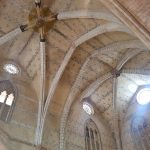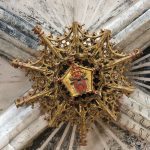
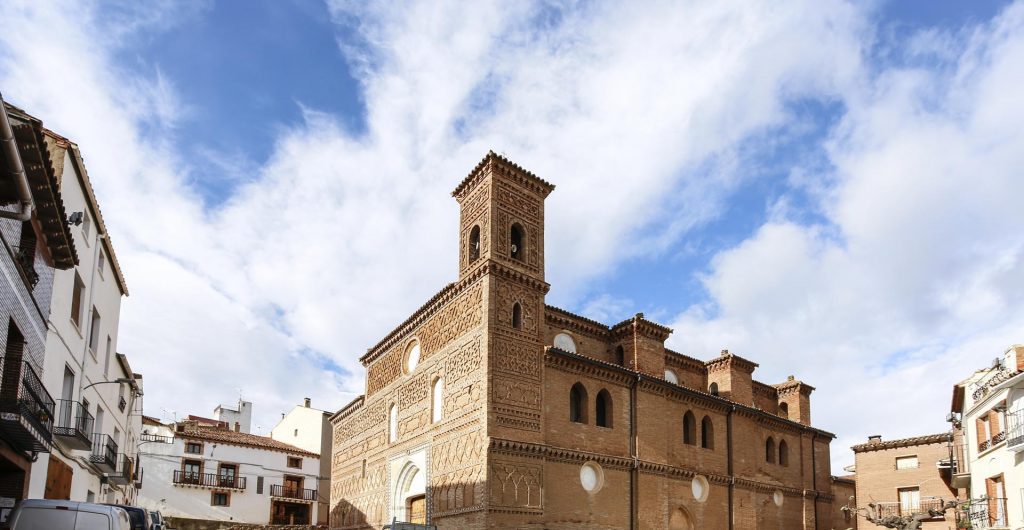
Monumentos
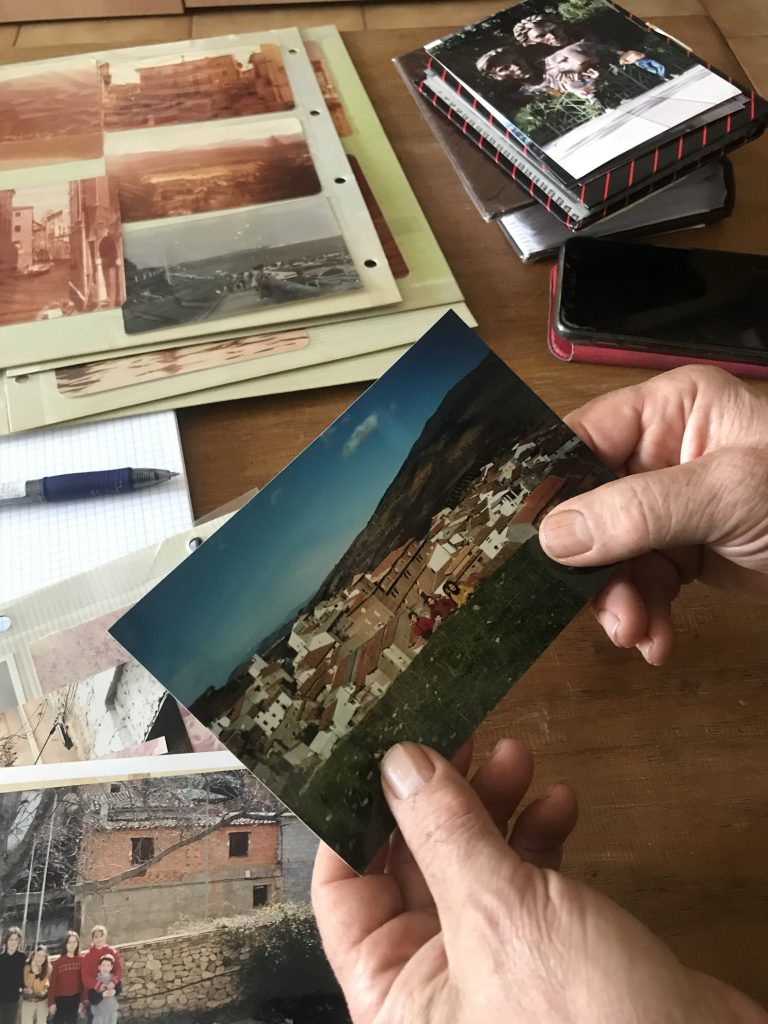


Proyecto Mudetrad

Madera Mudéjar en Tobed
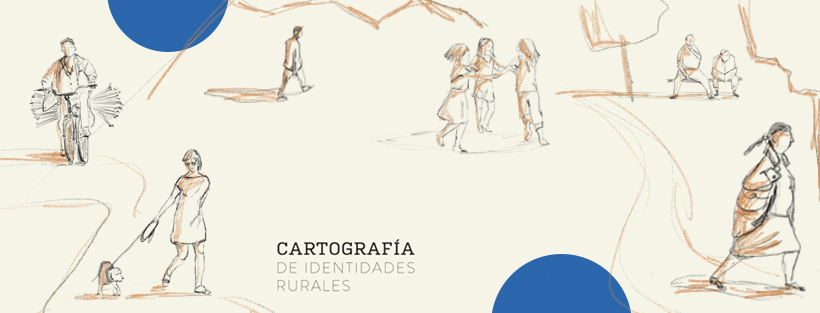
Cartografía de Identidades Rurales
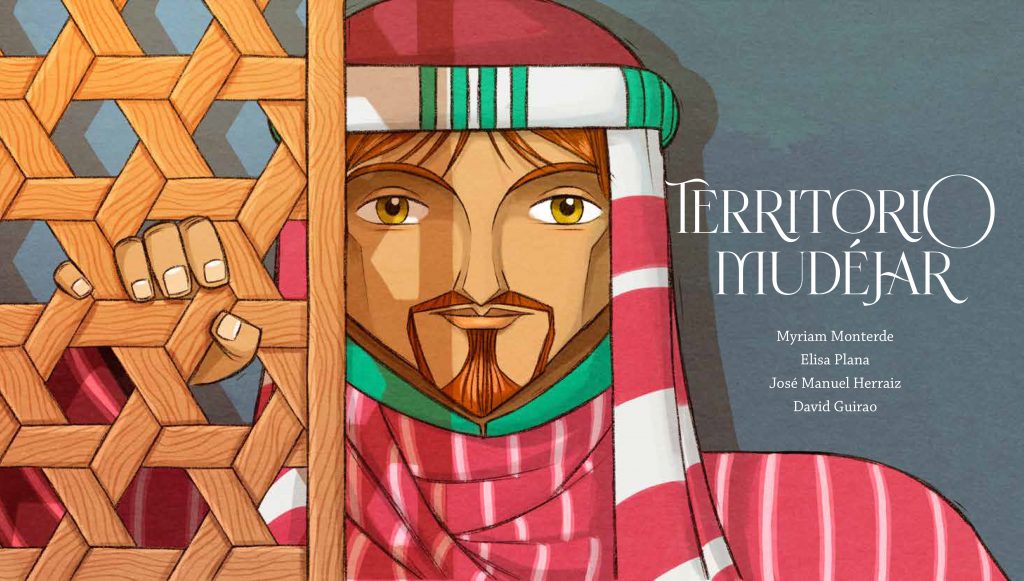
Mudéjar didáctico, la guía

Circular desde la escuela rural
Paseos en familia

El mudéjar y la geometría euclidiana

Identidad mudéjar
En el corazón del valle del río Grío, entre las sierras de Vicor y de Algairén, Tobed se ha convertido en la puerta del mudéjar no solo por la imponente iglesia de la Virgen, uno de los monumentos más genuinos del mudéjar en Aragón y declarada patrimonio mundial de la UNESCO en el año 2001, sino porque la localidad ha hecho de este estilo singular un proyecto territorial de futuro que abarca historia, arte, educación, paisaje, tradiciones y personas y que ha permitido utilizar estos recursos para generar identidad y riqueza.
Un ejemplo es la creación del Espacio Mudéjar Mahoma Calahorrí, museo de la historia del mudéjar instalado en el Palacio de los canónigos y que muestra el arte mudéjar de Aragón y el contenido social y cultural en el que se desarrolló.
La localidad destaca además por la conservación de varias tradiciones ligadas a los oficios de tradición islámica como el trabajo de barro y la cerámica con la recuperación de parte del barrio de los Obradores, donde llegaron a estar en funcionamiento cerca de 50 obradores con espacios de trabajo comunes como los balseros o algunos de sus hornos.
En el corazón del valle del río Grío, entre las sierras de Vicor y de Algairén, Tobed se ha convertido en la puerta del mudéjar no solo por la imponente iglesia de la Virgen, uno de los monumentos más genuinos del mudéjar en Aragón y declarada patrimonio mundial de la UNESCO en el año 2001, sino porque la localidad ha hecho de este estilo singular un proyecto territorial de futuro que abarca historia, arte, educación, paisaje, tradiciones y personas y que ha permitido utilizar estos recursos para generar identidad y riqueza.
Un ejemplo es la creación del Espacio Mudéjar Mahoma Calahorrí, museo de la historia del mudéjar instalado en el Palacio de los canónigos y que muestra el arte mudéjar de Aragón y el contenido social y cultural en el que se desarrolló.
La localidad destaca además por la conservación de varias tradiciones ligadas a los oficios de tradición islámica como el trabajo de barro y la cerámica con la recuperación de parte del barrio de los Obradores, donde llegaron a estar en funcionamiento cerca de 50 obradores con espacios de trabajo comunes como los balseros o algunos de sus hornos.
El paradigma de iglesia fortaleza mudéjar:
Patrimonio Mundial UNESCO
La iglesia de la Virgen de Tobed es una de las joyas arquitectónicas que el arte mudéjar. Es un arquetipo de iglesia-fortaleza que comenzó a construirse en 1356 fruto de la influencia de la Orden del Santo Sepulcro, con el mecenazgo de Pedro IV de Aragón, los reyes de Castilla, el arzobispo de Zaragoza, Lope Fernández de Luna y el pontífice Benedicto XIII; contando además con los mejores maestros mudéjares del momento: Mahoma Calahorri y Mahoma Rami.
La potencia de su exterior de volumetría compacta, jalonado por torrecillas-contrafuerte, y su impresionante fachada principal con abundante decoración en tracerías y cerámica vidriada bicolor contrasta con la delicadeza y elegancia de su interior, magnífico con sus muros cubiertos de decoración agramilada y huecos ornados en aljez con yeserías talladas y caladas.
Este templo representa así el concepto de espacio mudéjar en estado puro, con espacios construidos desde las variaciones lumínicas. Espacios íntimos y evocadores, donde la luz matizada da vida a muros bellamente decorados. El interior completa su catálogo con un alfarje de madera tallada y policromada que actualmente hace las veces de coro alto a los pies de la nave dejando el protagonismo al órgano barroco.
La influencia de la Orden del Santo Sepulcro en Tobed es visible en todo su casco urbano, que si bien llama la atención por su sencillez y apariencia de «pueblo blanco» conserva construcciones de importantes obras de época moderna como la Lonja, la iglesia parroquial de San Pedro y el Palacio de los Canónigos, también conocido como de la Encomienda, de época barroca.
La localidad conserva, además otros elementos de interés como la torre del castillo islámico y la ermita de San Valentín en la cresta de la sierra de Algairén.
La iglesia de la Virgen de Tobed es una de las joyas arquitectónicas que el arte mudéjar. Es un arquetipo de iglesia-fortaleza que comenzó a construirse en 1356 fruto de la influencia de la Orden del Santo Sepulcro, con el mecenazgo de Pedro IV de Aragón, los reyes de Castilla, el arzobispo de Zaragoza, Lope Fernández de Luna y el pontífice Benedicto XIII; contando además con los mejores maestros mudéjares del momento: Mahoma Calahorri y Mahoma Rami.
La potencia de su exterior de volumetría compacta, jalonado por torrecillas-contrafuerte, y su impresionante fachada principal con abundante decoración en tracerías y cerámica vidriada bicolor contrasta con la delicadeza y elegancia de su interior, magnífico con sus muros cubiertos de decoración agramilada y huecos ornados en aljez con yeserías talladas y caladas.
Este templo representa así el concepto de espacio mudéjar en estado puro, con espacios construidos desde las variaciones lumínicas. Espacios íntimos y evocadores, donde la luz matizada da vida a muros bellamente decorados. El interior completa su catálogo con un alfarje de madera tallada y policromada que actualmente hace las veces de coro alto a los pies de la nave dejando el protagonismo al órgano barroco.
La influencia de la Orden del Santo Sepulcro en Tobed es visible en todo su casco urbano, que si bien llama la atención por su sencillez y apariencia de «pueblo blanco» conserva construcciones de importantes obras de época moderna como la Lonja, la iglesia parroquial de San Pedro y el Palacio de los Canónigos, también conocido como de la Encomienda, de época barroca.
La localidad conserva, además otros elementos de interés como la torre del castillo islámico y la ermita de San Valentín en la cresta de la sierra de Algairén.
Los contenidos y renovación de noticias se realizan en colaboración con el Ayuntamiento de Tobed a través del Museo Mahoma Calahorri.
*Esta colaboración se desarrolló en el marco del proyecto del ayuntamiento de Tobed, financiado por el Ministerio de Cultura y Deporte en sus ayudas 2020 para entidades locales con Patrimonio Mundial inscrito por la Unesco.

Red Territorio Mudéjar
El ayuntamiento es socio fundador de Territorio Mudéjar desde el 13 de septiembre de 2018.
Forma parte de la junta directiva de la entidad como Presidente.
Información
Ayuntamiento 976 629 101
www.tobed.es
Asociación de Desarrollo Integral de la Comarca de Calatayud y Comarca del Aranda
galcar.es
VISITA TOBED
976 633 296
tobedpatrimoniomundial.es
¿QUIERES SABER MÁS?
Turismo de Aragón
turismodearagon.com
Turismo Comarca Comunidad de Calatayud
comarcalatayud.com
Centro de Estudios Bilbilitanos
cebilbilitanos.com
Proyectos Territorio Mudéjar en Tobed
Monumentos | Ver el proyecto
Pedagogía | Ver el proyecto
Podcast | Ver el proyecto
Proyecto Mudetrad | Ver el proyecto
Madera Mudéjar | Ver el proyecto
Identidades Rurales | Ver el proyecto
Mudéjar Patrimonio Mundial 3D | Ver el proyecto
Yeso mudéjar | Ver el proyecto
El mudéjar y la geometría euclidiana | Ver el proyecto
Mudéjar didáctico, la guía | Ver el proyecto
Urbanismo preventivo | Ver el proyecto
«Circular» Paseos en familia | Ver el proyecto
El muro como dermis. La luz en el Mudéjar | Ver el proyecto
Mudéjar Smart 3D | Ver el proyecto
Contextos sonoros y arquitectura mudéjar | Ver el proyecto
Proyectos Territorio Mudéjar en Tobed
Reconocimiento y divulgación de la arquitectura tradicional a través de una serie de rutas.

